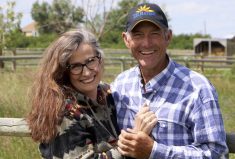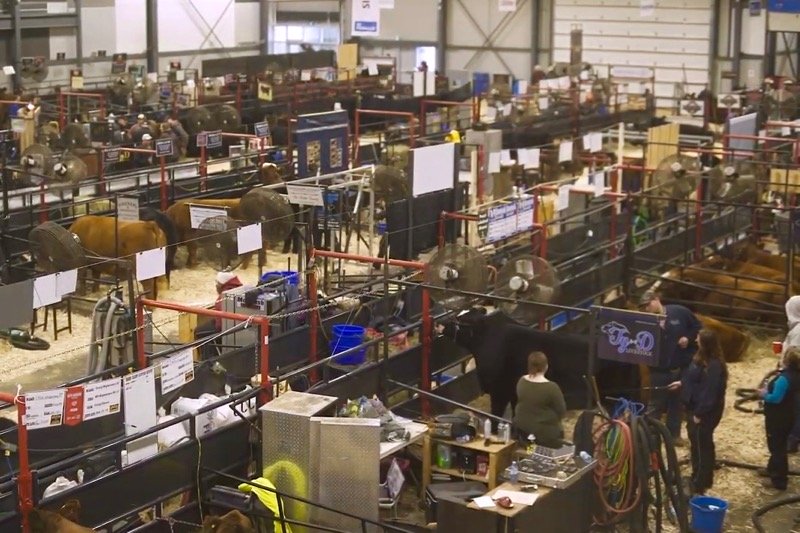Note: This is the second of a three-part series. Read the first article here.
On April 7, High River’s mayor, Craig Snodgrass, took a call from the manager of the Cargill plant, located north of the town, in Foothills County. The plant manager told him that there were six known cases of COVID-19 among the workers.
During his weekly address, Snodgrass said the plant manager kept him in the loop about the precautions Cargill was implementing, including installing dividers in the cafeteria and between workers on the line. They started having conversations about shutting down the plant, although Snodgrass himself didn’t have the authority to order a shut-down. Alberta Health Services also got involved, ensuring the plant was putting in safeguards and advising workers to avoid carpooling from their homes in High River, Calgary or other communities.
Read Also

Body condition, nutrition and vaccination for brood cows
One of the remarkable events of the past century related to ranching has been the genetic evolution of brood cows….
Yet within two weeks, one Cargill employee had died of COVID and hundreds were confirmed infected. Now Occupational Health and Safety has launched investigations at Cargill, as well as the JBS plant in Brooks, which has also seen a worker fatality from the coronavirus. Cargill has closed its plant for now. Numbers in Brooks and High River keep climbing.
What has become clear is that measures to control the pandemic can’t start and stop at the plant doors. To extinguish hot spots, health officials and community leaders will need to address the housing situation.
There’s no one typical housing scenario among newcomers, said Mohammed Idris, service manager with Brooks and County Immigration Services. Each situation depends largely on the economic position of the household.
Brooks and County Immigration Services is a “hub and a connector,” Idris said during an interview, helping people find the resources and services they need. Newcomers, whether they’re immigrants, refugees or temporary foreign workers, can face many challenges when they come to Brooks, such as language barriers and accommodation. Idris and his colleagues help them with these challenges, and also give them a way to feel like they’re part of the community by taking in rodeo and Canada Day events, for example.
Some single people have roommates and some families rent out their basements, Idris said. Barry Morishita, mayor of Brooks, added that some households include multi-generational or large families. Some people are sharing space so they can send money home.
Nor is it unusual to have families sharing a home within the community, or to have someone living in the basement of a family’s home, said Ric Morales, director of community development and integration services at Calgary Catholic Immigration Society.
In many ways, those housing patterns reflect trends within wider Canadian society, both Morales and Idris noted. But they also present logistical challenges. For example, if you’re infected, how do you self-isolate within a large household? And what does it mean to self-isolate when some people in the household are still working outside the home, and others are not?
Morales and his colleagues are looking for “isolation centres,” such as hotels, where an infected person can isolate away from the rest of the household. Another potential option is to allow infected people to stay in their own homes, and move those who are free of COVID to a different place, said Morales.
Ultimately, what is happening in High River and Brooks is symptomatic of what is happening nationally with the pandemic, said Morales.
“And it just so happens that at this time we have a high concentration at this point and place.”
















